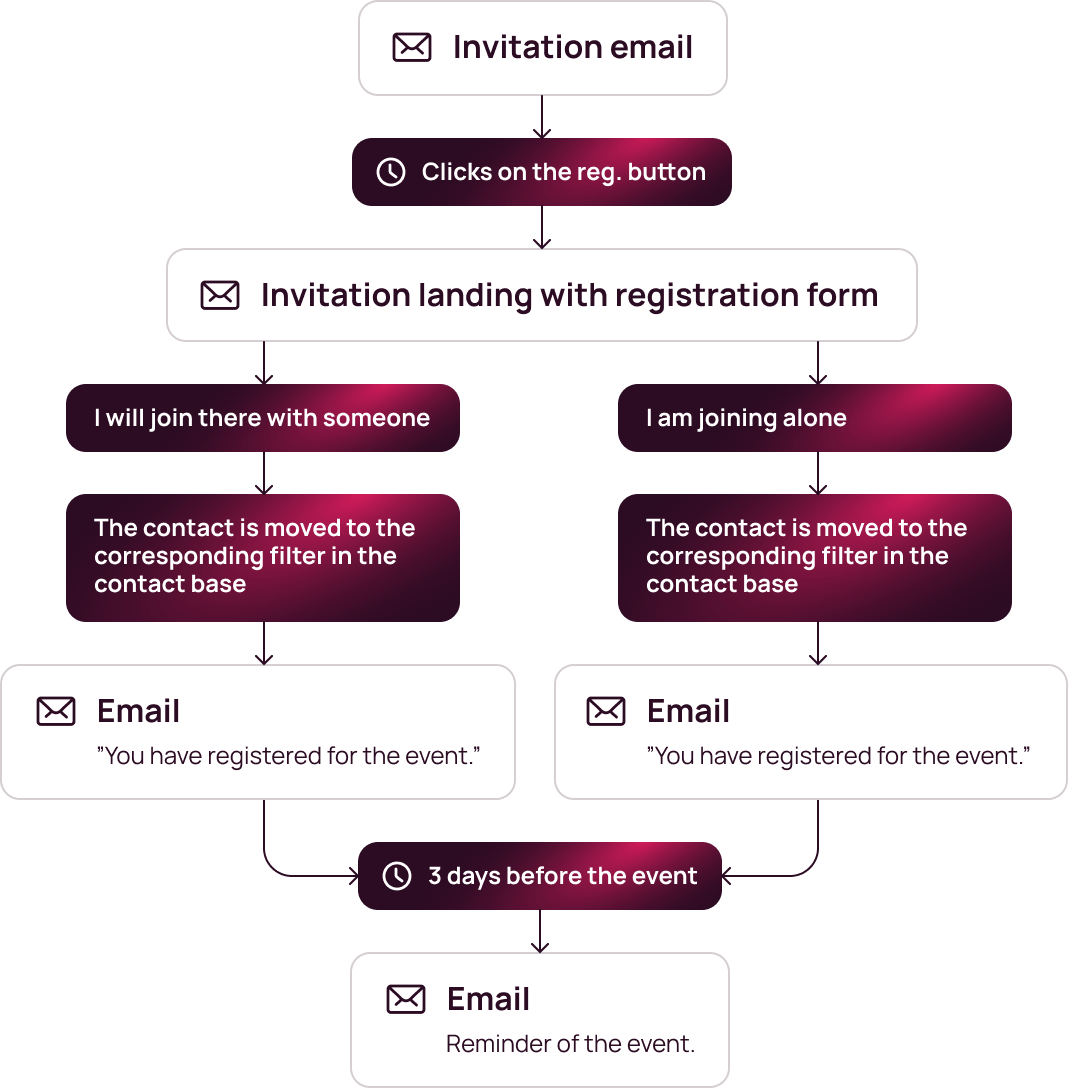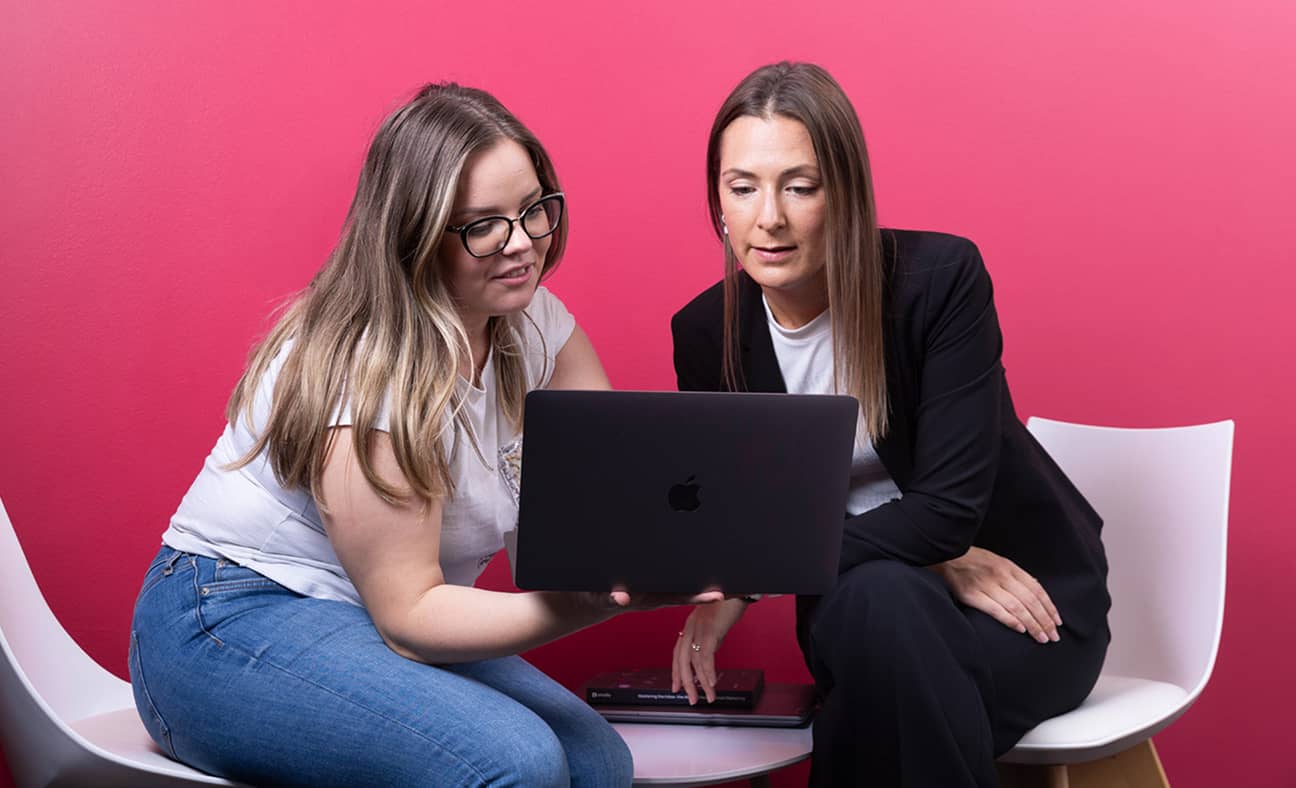
Let email automation do the work — beautifully and on time
Smaily automation lets you send the right message to the right person — exactly when it matters. Whether it’s a welcome email, an abandoned cart reminder, or a post-purchase feedback request, our workflows help you grow sales, save time, and make every email feel personal.
What types of automated emails are there?
Abandoned cart
Leaving products in the cart is normal behavior, which does not mean the customer does not want to buy those things. Very often, something interrupts them. Therefore, activating the abandoned cart automation reminds the customer of the products that have not yet become theirs. Be sure to use dynamic content in the email, i.e., the name, image, and price of abandoned products. Don’t forget to add a CTA button so the client can quickly return to the cart to pay.
Send out as a series of letters. If possible, as an SMS. The first email could go out within 10 minutes of abandoning the shopping cart. The third letter should be sent within 72 hours to those who have not responded to the previous emails.
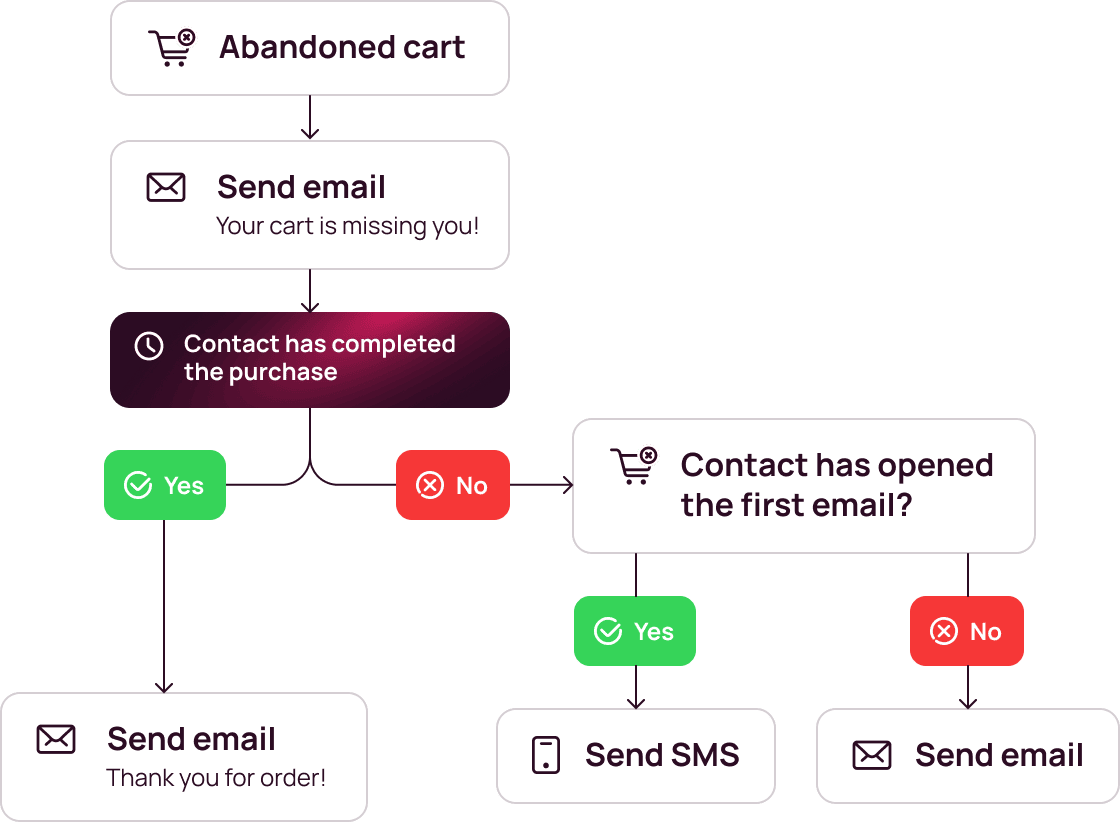
Upsell & cross-sell
An upsell/cross-sell email is designed to enhance the value of a customer’s initial purchase by offering complementary or upgraded products. It’s based on the premise that if a customer has already shown interest in a particular product, they might be inclined to purchase related items or a premium version. It’s crucial to use personalized recommendations in these emails, highlighting products that align with their previous purchases or browsing behavior. Incorporating high-quality images, clear product descriptions, and competitive prices can make the proposition more enticing. Always include a clear CTA button, directing the customer straight to the product page to facilitate a seamless buying experience.
The first upsell or cross-sell email could be sent sometime after the initial purchase, capturing the customer’s interest. If there’s no purchase activity to the initial email, a follow-up can be sent after 5 days, perhaps offering an additional incentive or highlighting a limited-time offer related to the upsell or cross-sell product.
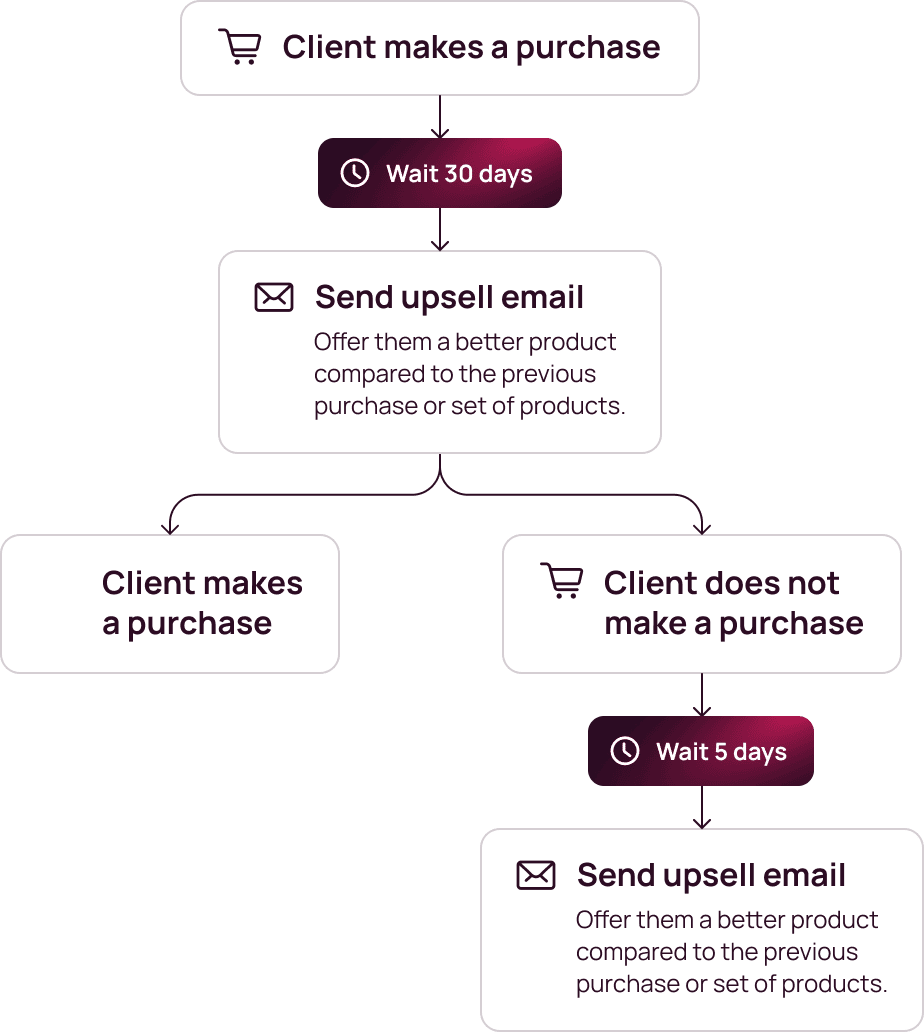
Want to get the most out of your automation?
If you have a great idea but aren’t sure how to set up the automation, get in touch with us!
Welcome email
The welcome email is often the first letter a customer receives from you, so make it as memorable as possible. First, think about the customer and what you can offer them. Among other things, you can highlight all the aspects that make your brand unique and tell your brand’s story, thus creating an emotional connection with the customer. Add social media buttons to the footer of the letter so that the client can use them to keep up with your activities. You can also use a welcome letter to find out how the client would like to communicate with you: how often they would prefer to receive letters, what topics interest them, etc. A discount code is usually offered in the welcome letter of e-shops. Do everything you can to ensure that the letter provides value to the customer.
Send a welcome letter to everyone who subscribes to your newsletter, as soon as they fill out the form.
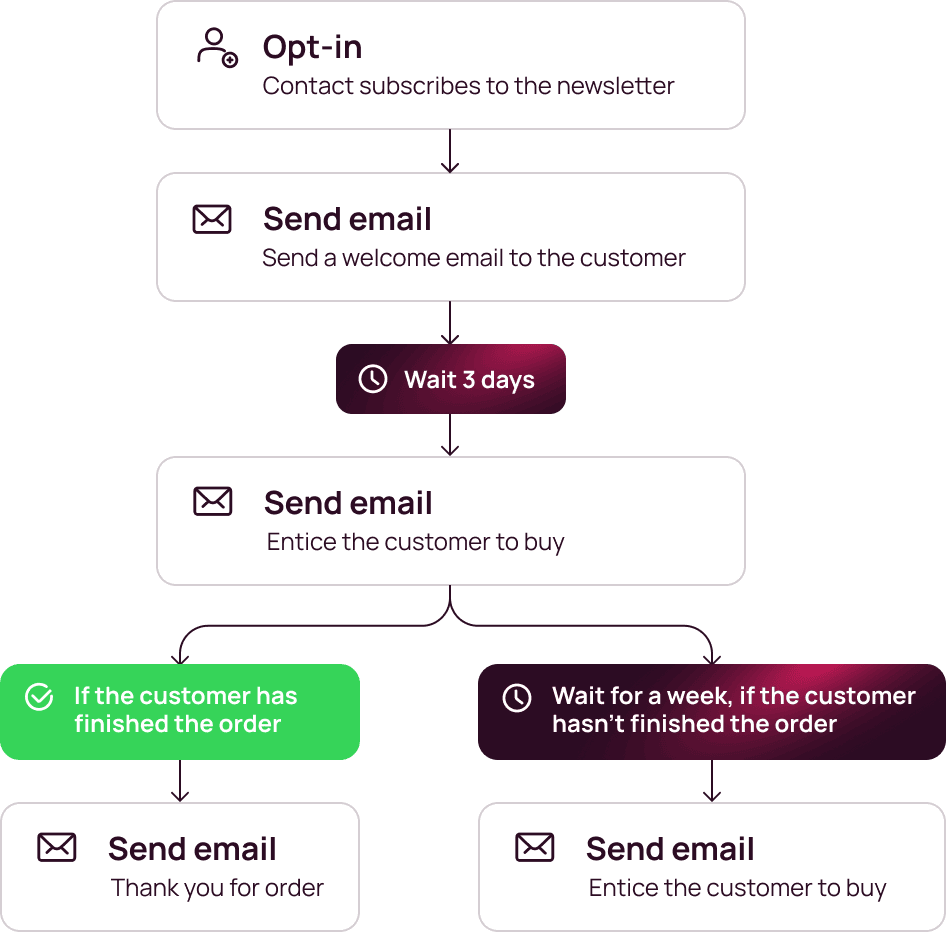
Invitation and registration emails
You can organize an event for which people need to register in advance for entry, or you can also hold various webinars. Send an invitation promoting an event to your mailing list or a specific segment. To consider the number of participants, create a registration form and set up a series of related emails. Reminder emails and repeat invitations will certainly contribute to the success of your event. After the event, it is nice to give gratitude to the participants with a thank you email, in which you can also ask for feedback.
You can send out the event invitation when you have already determined the main composition of the event. The confirmation email should be sent immediately after registration. A repeat invitation’s necessity and timing depend on the time left until the event, how many have already registered, and what the event type is. It is especially recommended to send a repeat invitation for physical events, while it’s not so important for online events. Be sure to always keep in mind that those invited can take into account the time and date of the event well in advance.
